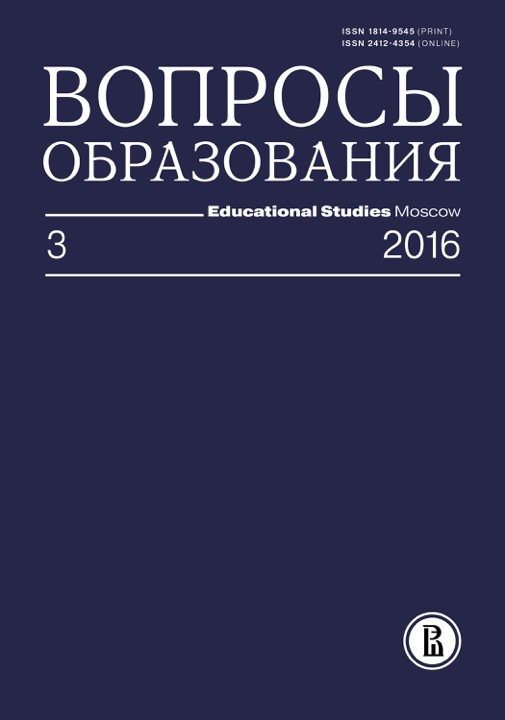Interregional Migration of Youths in Russia: A Comprehensive Analysis of Demographic Statistics
Abstract
Not dissimilar to many other countries, migration in Russia has a pronounced age-dependent pattern with the peak intensity at the age when people obtain higher and professional education. In this paper, we analyze migration intensity at student age (17–21) using three sources of demographic data with regard to their key opportunities and limitations. We compare the migration attractiveness of Russian regions in three ways. First, we apply APC analysis to the current migration statistical data, separately for two periods: 2003–2010 and 2011–2013. The reason for sampling these two periods is because there was a significant change in the migration statistics collection practices in 2011. Second, we use the age-shift method to analyze the data of the 2002 and 2010 Russian censuses. We offer a way to refine the census data by discarding the non-migration-related changes in the age-sex structure. Finally, we use information about the ratio between the number of school graduates and that of full-time high school enrolments in the academic years 2012/13 and 2013/14 across the regions. Based on the four indicators of migration intensity (intercensal estimates, statistical records for the two periods, and the graduate-enrolment ratio), we develop a rating of Russian regions in migration attractiveness for student-aged youths. A position in this rating depends not only on the level of higher education development in a region but also on the consistent patterns of interregional migration in Russia. The regions in the European part of the country have a much higher chance to attract migrants at student ages.









